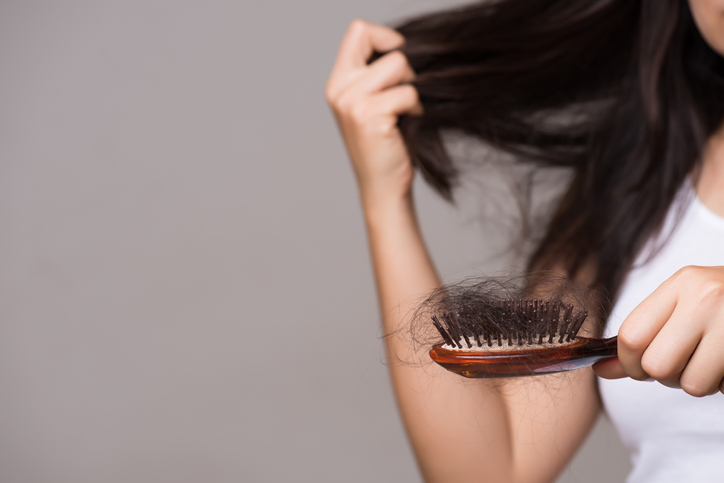What Treatments Can I Use for Hair Loss?

Hair loss is a common issue faced by people of all ages. But with medical advances, there are several treatment options available for patients to deal with hair loss.
Table of Contents
Why Do People Experience Hair Loss?
On average, people lose approximately 50-200 hair strands daily. However, any excessive shedding or thinning of the scalp beyond the natural follicle growth cycle is a hair loss condition. The most common causes of hair loss include hormonal changes or imbalance, stress, medications, autoimmune or thyroid disorders, genetic predisposition, vitamin deficiencies, psoriasis of the scalp, traction alopecia, or natural aging process.
What Are the Types of Hair Loss?
There are five major types of hair loss as listed below:
Androgenic Alopecia: This hair loss type is generally hereditary. It involves a patterned hair loss that starts around the temple during puberty. Women suffering from patterned baldness rarely lose all their hair. However, visible thinning in the top and frontal is typically observed.
Alopecia Areata: This is an autoimmune disorder during which patchy hair loss and spot baldness can be observed. Alopecia generally runs within the family and becomes prominent in adolescence. It can also affect the hair follicles of eyelashes, eyebrows, or hair in any other body part.
Cicatricial Alopecia: This is commonly known as scarring hair loss. It causes permanent loss of hair follicles owing to connective tissue disease or some types of alopecia. Hair styling products and practices or chemical hair treatments can also result in cicatricial alopecia.
Telogen Effluvium: This hair loss type involves hair thinning due to some illness. It may not result in complete baldness, but hair follicles may become dormant due to certain illnesses.
Anagen Effluvium: This is characterized by sudden hair loss due to chemotherapy treatments. The hair follicles generally regrow once the treatment stops.
Hair Loss Treatment Options
The key to stopping the different types of hair loss is early intervention and treatment. Here is a list of the most common hair loss treatments used by dermatologists.
Medication: This is a common form of treatment that involves consuming dermatologist-approved prescription drugs.
Corticosteroid Injections: This is considered one of the most effective treatments for patients suffering from some types of alopecia. Patients are seen to observe noticeable improvements in their hair loss condition within three months of taking corticosteroid injections.
Laser Therapy: A low-level laser treatment may be adopted by dermatologists in some instances for patients suffering hair loss caused by alopecia areata, chemotherapy, or hereditary conditions. This technique aims to stimulate hair growth through safe laser treatment.
Platelet-rich Plasma (PRP): This technique involves injecting targeted scalp areas with PRP platelets to stimulate hair follicle regrowth. The PRP contains vascular and protein growth factors that can boost circulation and provide vital nutrients required for hair growth.
Seeking Help from a Hair Loss Dermatologist
Hair loss can be stressful and emotionally devastating. Even if you have exhausted all the over-the-counter medication options, there is still some hope. Patients suffering from hair loss can consult a professional hair loss dermatologist to identify the underlying pathological conditions. An expert dermatologist will recommend effective Dallas hair loss treatment that can immediately stop hair fall and trigger hair regrowth.
/GettyImages-1156717900-7ae53f13cf5f4d8fb1b8b7ed90521063.jpg)




